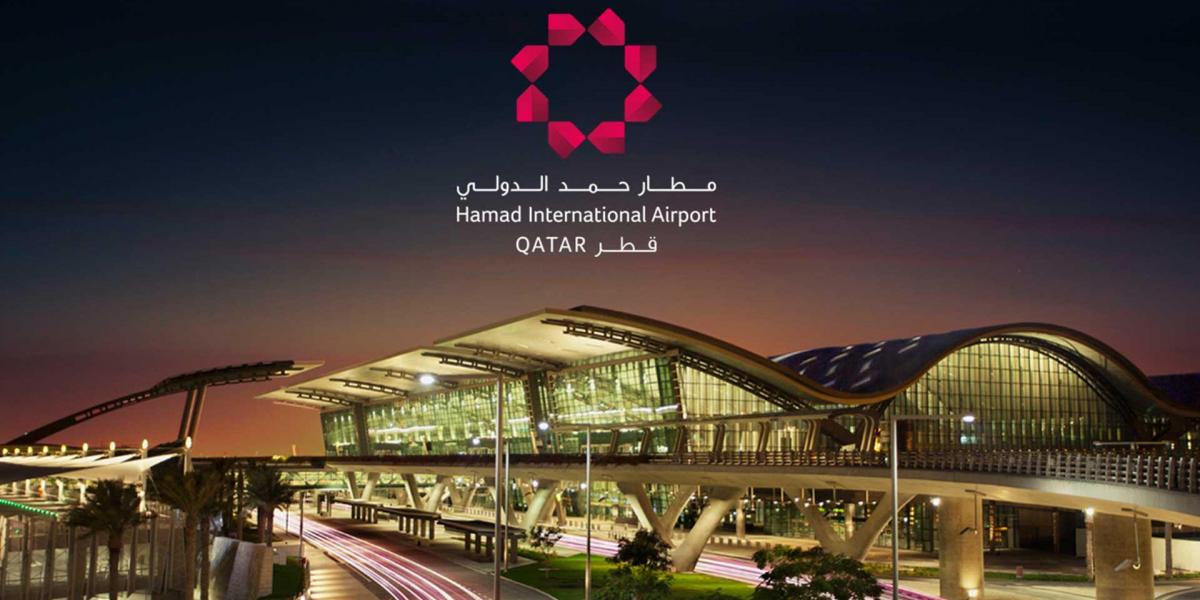Doha,
Hamad International Airport (HIA) is celebrating its successful renewal of the Airports Council International (ACI) Airport Carbon Accreditation (ACA) programme by announcing a long-term commitment to tackle climate change and reduce carbon emissions. This includes a target to improve carbon efficiency by 30% by 2030 along with a series of initiatives to help save energy and optimize the consumption of vehicle fuel.
Globally, HIA is one of 173 airports accredited to the Airport Carbon Accreditation programme, and uniquely, is the only airport to have included carbon emissions generated since its very first day of operations, in April 2014.
The ACI’s Airport Carbon Accreditation programme offers certification at four levels which reflect incremental challenges in measuring, managing and improving carbon emissions. Currently at Level 1 ‘Mapping’, HIA has ambitious plans to progress to higher levels of accreditation and to demonstrate an approach to managing climate change that compares favorably with other world leading airports.
Central to this ambition is HIA’s commitment to deliver a new target to improve carbon efficiency per passenger by 30% by 2030 against a 2015 baseline. Through the preparation of a formal, independently verified, annual carbon footprint, HIA has already achieved a 4% improvement in carbon emissions per passenger in 2015 compared to 2014, with the ambition to reduce the 2015 baseline of 5.6 kilograms CO2 per passenger to fewer than 4.0 kilograms CO2 per passenger by 2030.
A new Energy Working Group has been created to help deliver this target. The group comprises a team of electrical, engineering and environmental technical specialists with the remit to identify and progress energy saving initiatives across the whole airport campus. The group has already begun to implement a number of new projects, including modifications to lighting, heating, ventilation and cooling systems which, when combined, could save up to 4,462,600 kWh energy per year.
Engr. Badr Mohammed Al Meer, Chief Operating Officer of Hamad International Airport said: "At Hamad International Airport, we believe in our environmental responsibility and are committed to tackling climate change as a core component of our business strategy. It is in our best interest to develop a sustainable future for our airport by effectively managing the environmental impacts of our operations." Al Meer continued: "The Airports Council International’s Airport Carbon Accreditation programme provides an ideal structure for us to plan and monitor the progress of our carbon programme, and to benchmark our approach against other world leading airports. We’re actively pursuing the higher levels of Airport Carbon Accreditation by engaging all airport stakeholders to continually reduce energy demand through new technology and improved operational practices and by considering further investments in low carbon energy generation."
One such initiative plans to replace the existing High Pressure Sodium (HSP) apron flood lights and metal halide light fittings in the airport’s passenger terminal transfer area with Light Emitting Diodes (LED), which will save an estimated 2,613,500kWh energy per year. Another example includes the installation of "speed doors" at vehicular entrances to airport buildings, such as baggage handling areas. These doors help to contain cooled air within the building, reducing the energy burden on cooling systems.
IA recognizes that achieving its ambitious carbon target will depend on energy efficiency being built into the design of future airport development. Plans for a major extension of the airport terminal include consideration of certification to the silver level of the international green building scheme LEED, and will include over 11,000 m of photovoltaic cells forecast to generate up to 2,885 MWh energy per year.
Alongside enhancing the efficiency of the airport’s infrastructure, HIA is also looking at optimizing its utilization of vehicles. To drive continual improvement in the efficiency of over 2,000 vehicles operating airside, a new Airport Vehicle Programme has been established. This programme brings together businesses operating airport vehicles within the airport boundary, and is focused initially on developing systems to improve the measurement of vehicle fuel consumption and efficiency.
The Airport Vehicle Programme has plans to support airport businesses to further improve vehicle management, such as introducing on-board telematics to enable the tracking and analysis of vehicle use and driver behavior.
The programme will also provide a valuable role in sharing the experiences of businesses that have already begun to introduce new technology, such as Qatar Aviation Services, who have a fleet of clean vehicles which will expand from 66 to 91 electric vehicles early in 2017.

